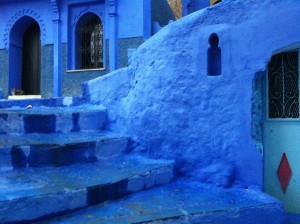Posts Tagged ‘things to do in Morocco’
Morocco is an an exotic vacation destination. This North African country offers a rich variety of activities whether your interested in architecture, history, the arts, food, outdoor adventure sports or relaxation. There are a wealth of things to do for families on…
Chefchaouen lies inland from Tangier and Tetouan. Chefchaouen is a unique Moroccan city known for its blue and white washed medina walls that surround it. Filled with old world charm, a walk through Chefchaouen’s blue alleys evokes being in a magical story book, similar to Aladdin and the magic lamp…
During the year, the small town of Tissa,on the edge of the Rif region, in the province of Taounate, is a quiet rural community, tucked away in the hills of the Moroccan countryside, fifty kilometers away from Fez. From 8-13 October 2013, the town will be transformed, as it is…




